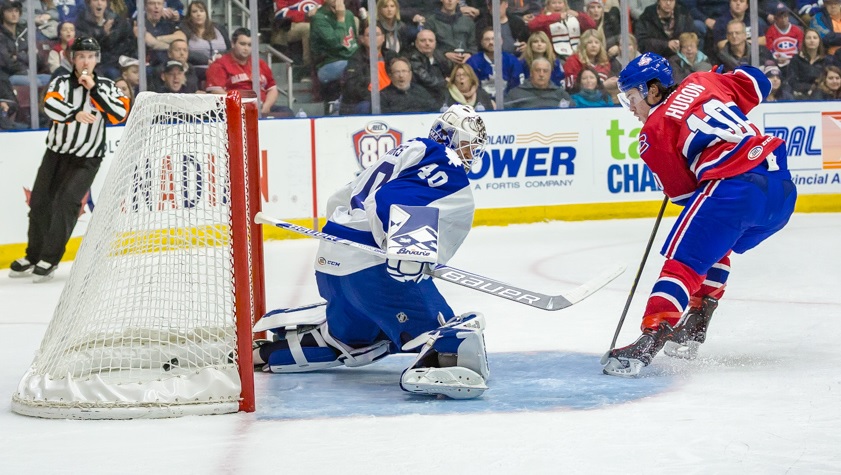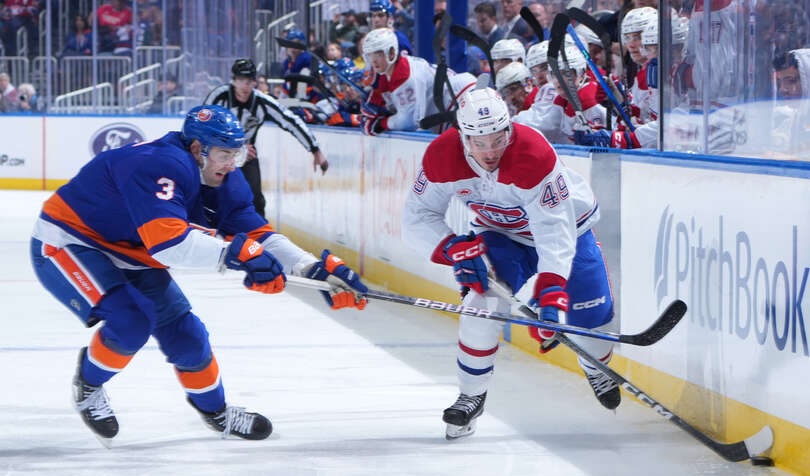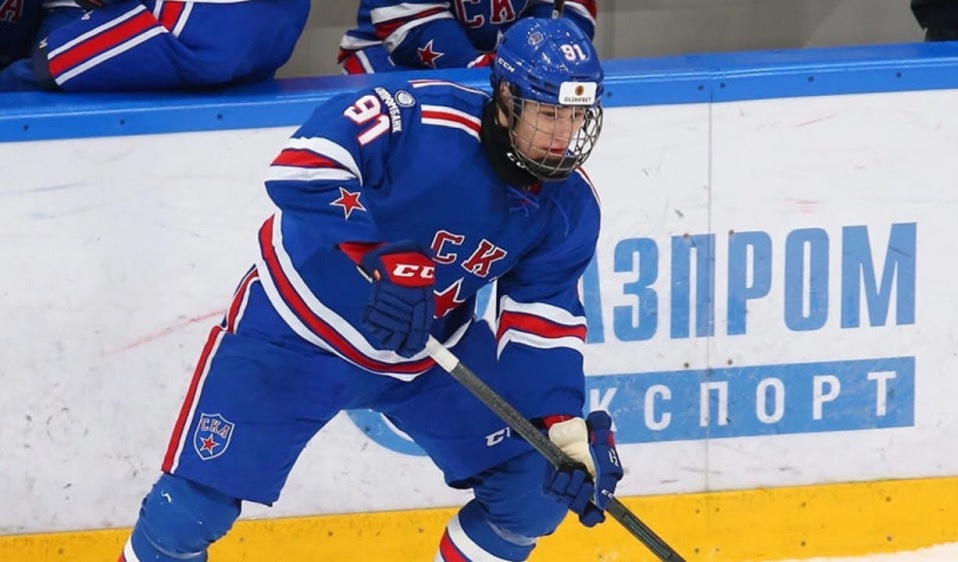HabsWorld.net --
Patience is a virtue. Except, of course, when it’s not.
For the most part, Marc Bergevin and his front office can be considered decent asset managers. They are cap conscious and are protective of their picks and prospects. The latter point, though, alliterative as it may be, has often presented itself as a negative for the Habs. Like many teams, the Canadiens have often been guilty of holding onto tradeable assets far beyond their Best Before date, until any and all trade value has spoiled. Timing any market is a difficult proposition, but it is of vital importance in today’s NHL and represents an area where the Canadiens have room for improvement. Of course every team has prospects who don’t pan out, but there have been instances in which Montreal’s management should have seen the writing on the wall and acted accordingly.
Consider, for instance, the case of Jarred Tinordi; a former first-round pick with size and pedigree, who was widely considered a can’t-miss prospect. Long before Tinordi’s troubles with Performance-Enhancing Drugs surfaced, he had already played his way out of Michel Therrien’s favour and into the P.K. Subban Memorial Doghouse. It quickly became clear that for whatever reason, Tinordi was not going to thrive under Michel Therrien. Rather than flipping the doomed defender for another asset, though, the Canadiens kept pinballing Tinordi between the minors and the Bell Centre press box until finally, the rest of the league caught on and the promising prospect’s value had run out. The Habs waited too long to trade an asset whose decline they should have seen coming. The warning signs came early, when Jarred’s father, former NHL blueliner Mark Tinordi, spoke out about the lack of opportunities his son was receiving. This was a relationship that began on the wrong foot and should have ended far sooner than it did – for the good of both the player and the team.
Had Marc Bergevin been willing to deal the towering young defender a year or two earlier than he did, the returns could have been as huge as Tinordi himself. Take the Edmonton Oilers, for instance, who at that time were even more desperate for defence than they were this past offseason. Tinordi, brimming with potential, would have been a dazzling carrot to dangle before the Edmontonian brass. Instead, the Tale of Tinordi would end with young Jarred becoming the forgotten piece of the giant John Scott fiasco. A sad end to the Tinordi tenure in Montreal, for all involved.
Another puzzling bit of asset management arose during the 2014-15 season. The Canadiens had just ended a storybook season with a heartbreaking loss to the New York Rangers in the 2014 Eastern Conference Final. The series of course, was marred by the injury to league MVP Carey Price. The subplot though, was the emergence of Dustin Tokarski, who performed as valiantly as could be expected and had cemented himself as the Canadiens’ backup netminder.
Meanwhile, a third young goaltender was making a name for himself in his second appearance for Team Canada in the World Juniors. Zach Fucale helped Canada to avenge a disappointing 4th place finish in 2014 by hoisting the gold in convincing fashion in 2015.
Considering how young the tandem of Price and Tokarski were, the emergence of Fucale gave the Canadiens a surplus of young puck-stoppers. It would seem only logical that Bergevin would move Fucale in order to shore up other weaknesses – especially on the heels of the gold medal performance. Nothing inflates a young goalie’s value more than a win at the World Juniors – just ask our pal Al Montoya, who was named the tournament’s top tender in 2004.
In the end though, Tokarski was eventually dealt for Max Friberg, while Fucale’s stock has been steadily dropping, to the point where he now suddenly finds himself plying his trade in the ECHL.
Once again, it’s impossible to predict how every young player’s potential will pan out – that’s why they call it potential. With respect to the examples above, though, the reasons for moving the players should have been glaringly obvious to the Montreal brass. In the case of Tinordi, the team was aware of the tall man’s shortcomings long before the rest of the league was. With regard to Fucale, the presence of Price, Tokarski and eventually Mike Condon, made any other goalie in the system an expendable asset.
Sometimes the Canadiens have gotten it right. Approaching the 2014 trade deadline, Bergevin wisely deployed intriguing prospect Sebastian Collberg in a package to acquire Thomas Vanek. The following season Bergevin was also smart to ship out offseason prize Jiri Sekac when he did, at a time when Sekac was still a sexy asset. The return on Sekac didn’t pan out, but the intent and timing were right. The same can be said going back to the controversial trading of Jaroslav Halak, following his heroic playoff performance. That was the absolutely right move to make, whether you’re a fan of Lars Eller or not.
With all of that said, let us now turn our attention to the current edition of the Montreal Canadiens. Are there any players currently in the system with elevated value that is clearly in danger of dropping? The name that immediately comes to mind is Charles Hudon. His AHL numbers are stellar and would likely raise some eyebrows around the breakfast buffet at the GM meetings. For whatever reason though, the Canadiens do not appear to believe in Hudon’s NHL readiness and it’s only a matter of time before this fact makes any potential suitors wary. Either play him or trade him, as they say.
To another degree is the case of Nathan Beaulieu. The 23 year-old defenceman is believed by many to have top pairing potential – and they’re right. It is very clear though, that Beaulieu is not the favourite player of Therrien and Bergevin. The Dapper GM even made it public in the offseason that he was listening to offers on the young rearguard.
Beaulieu is a valuable young player and could attract an interesting return on the market – for now. If he keeps toiling on the 3rd pairing for much longer, though, his value could begin to slip. So if Bergevin truly is intent on trading Beaulieu, then he’d better go ahead and do it, while a decent return is there to be had. The problem with Beaulieu of course, is that he occupies a valuable roster spot and if he were moved, his role would need to be filled.
The Canadiens are not likely to achieve a high draft position in the coming years, so in order to continue building a contender, they will need to be as deft as possible with their management of future assets. So far the Habs have shown they’re great at holding them, but at some point they’re going to need to learn when to fold them.
At the very least, they certainly should know when to run.


